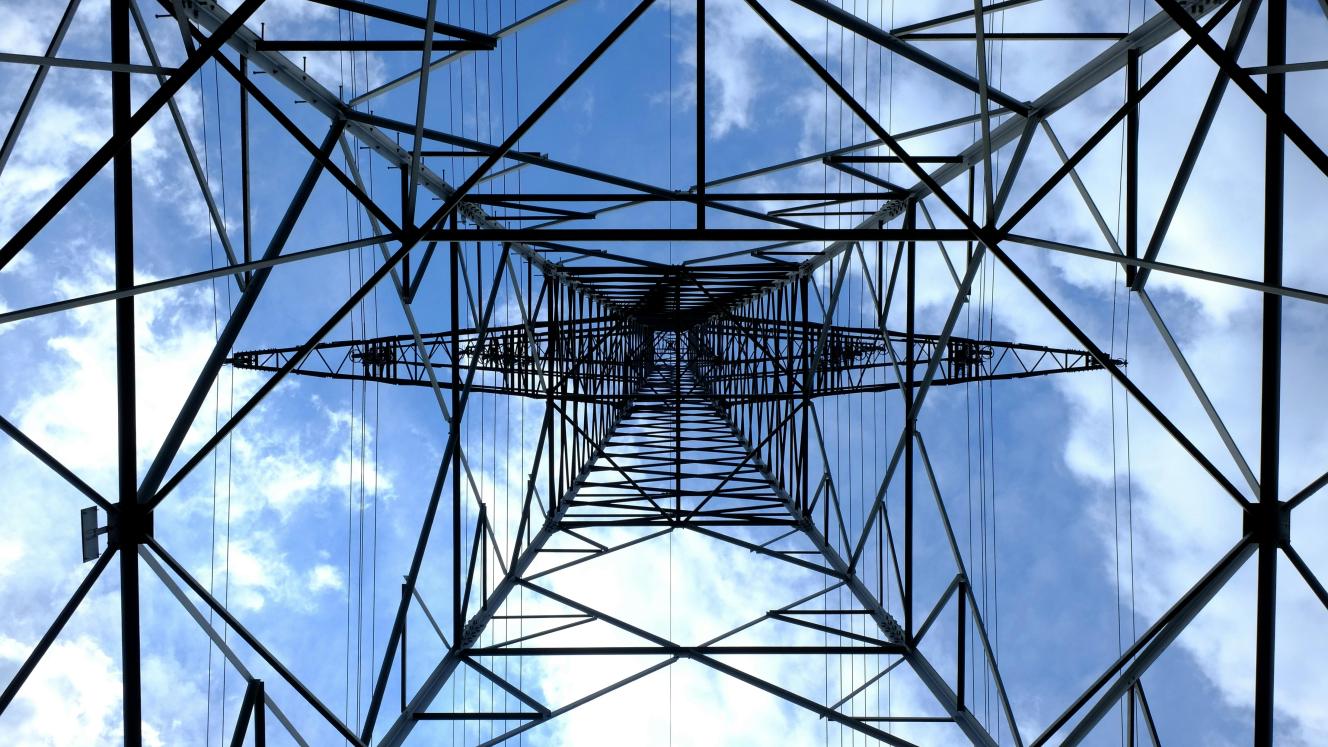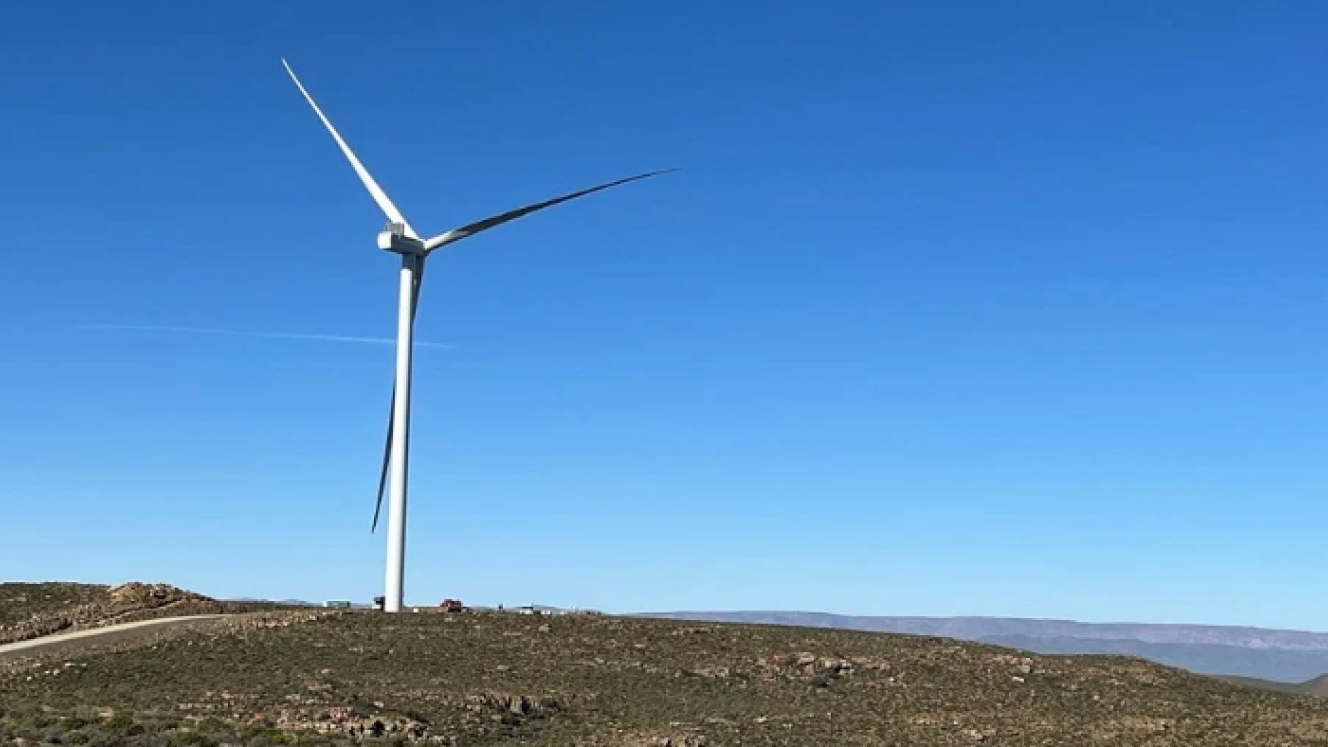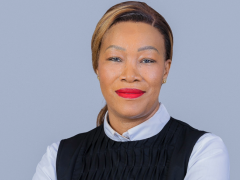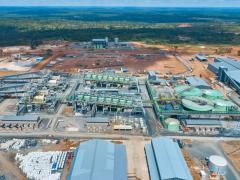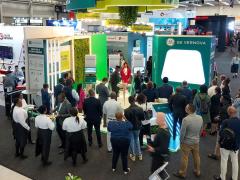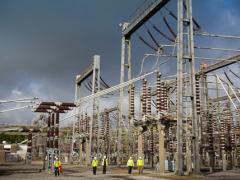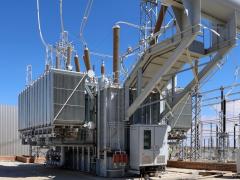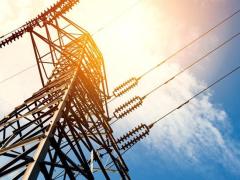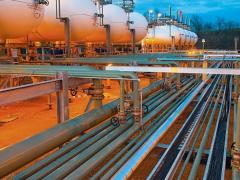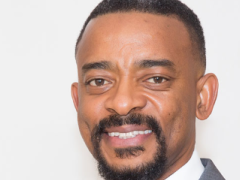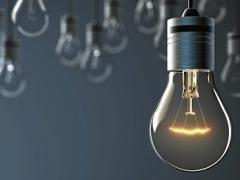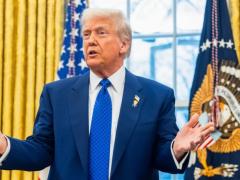Electricity grids must transform from traditional into smart “self-healing” systems for countries to meet the United Nations Sustainable Development Goal 7 (SDG 7) and thus ensure access to affordable, reliable, sustainable and modern energy for all.
This is according to Vally Padayachee, Executive Officer for the Power Institute of Eastern and Southern Africa (PIESA), speaking at the PIESA Mini Conference 2024 in Victoria Falls, Zimbabwe, on October 6-8.
SDG 7 is one of the 17 UN SDGs adopted as part of the 2030 Agenda for Sustainable Development. It focuses on ensuring access to affordable, reliable, sustainable and modern energy for all by 2030.
Padayachee said smart grid technologies driven by artificial intelligence (AI) will play an important role in this transformation. “AI will help the grid to self-heal by detecting and analysing problems and automatically restoring itself. It’s important for the grid to recover quickly if it goes down.”
SDG 7 is about universal access to power and the grid is essential to achieve this, he added. “You can generate all the renewable energy you want but, without a robust grid, end users won’t receive that electricity. The grid is indispensable for achieving sustainability goals, a just energy transition and decarbonisation.”
The electricity grid is one of the most complex and sophisticated engineering systems in the world. “The complexities in balancing grid supply and demand and keeping it at a constant standard frequency of 50 Hz is no small feat,” Padayachee pointed out. Failure to maintain the balance can lead to power outages, he added.
Load shedding is an effective tool for managing grid frequency fluctuations. Padayachee said: “South Africa has used this standard effectively, which has gained global acclaim. China, India, the US and countries in the European Union are seeking the standard because they see how it helped us prevent the grid from collapsing.”
For Africa to progress in achieving its SDG 7 goals, authorities need to invest in evolving grid infrastructure. “The challenge is that we're trying to integrate renewables and non-dispatchable loads onto a grid designed for fossil fuels. We need to evolve,” Padayachee added.
Technological advancements have helped strengthen the grid. “Globally, grid technology advancements in the past decade have outpaced those of the previous 90 years,” Padayachee pointed out. He envisions a fully self-healing super grid within the next 20 to 30 years. “AI will be the driving force behind that evolution.”
